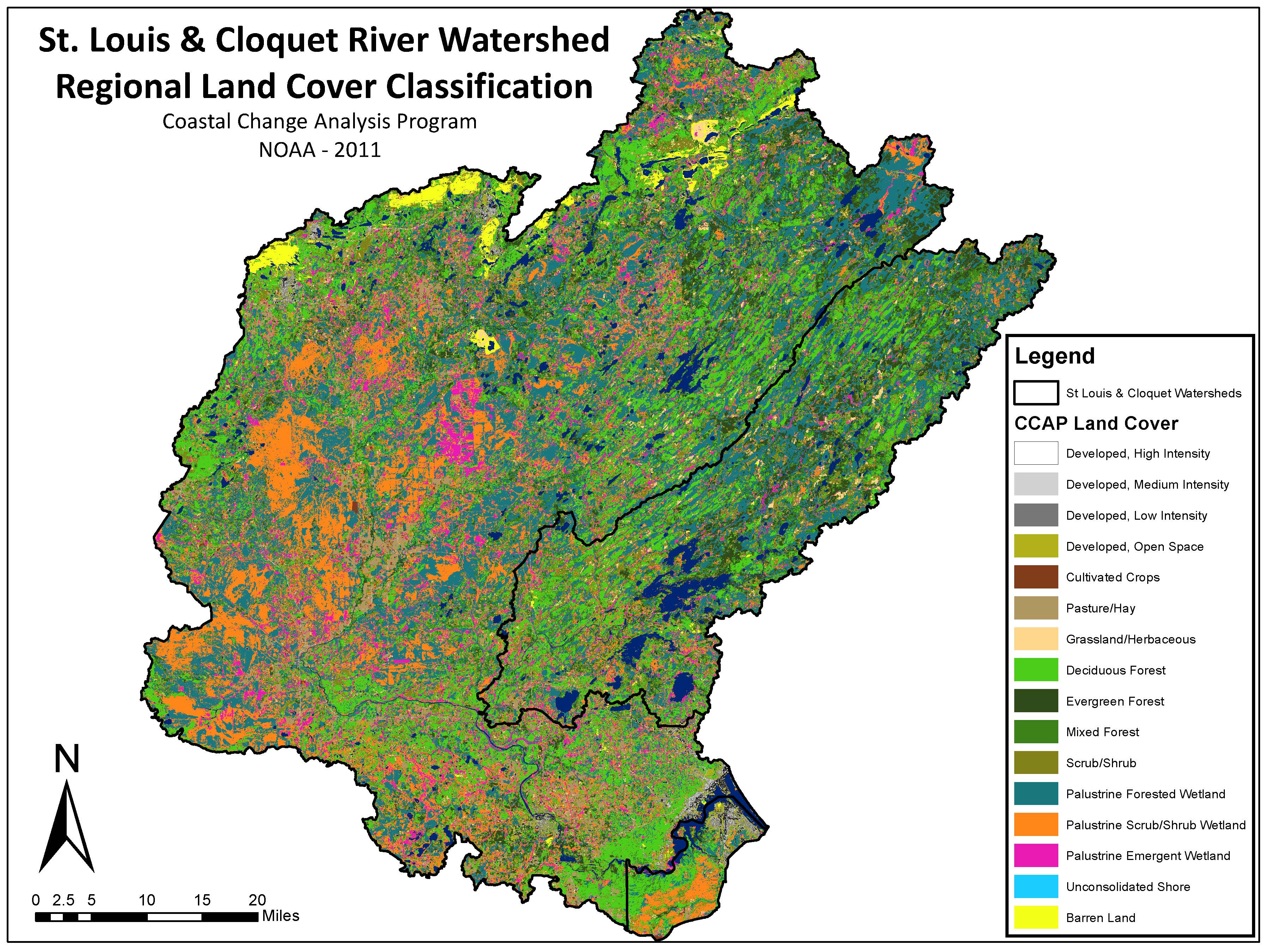Issue
It’s common to hear people say that the value of nature and its services are priceless, but in economic terms, viewing nature in this way can lead to overvaluation—or to the wrong assessment of no value at all. Partners within the St. Louis River watershed set out to understand the authentic value of their ecosystem interactions and the importance of nature’s benefits. The St. Louis River flows for nearly 200 miles, draining a 2.4-million acre area in northeastern Minnesota, including the Fond du Lac Reservation and a small segment of Wisconsin. This watershed offers a highly valuable landscape of natural capital and associated ecosystem services that provide the regional economy’s foundation. Traditions are also embedded in the ecosystems, from subsistence harvesting of resources to sacred sites with spiritual significance. Ecosystem service valuations enable decision-makers and community leaders to invest in the region’s natural capital and understand the economic trade-offs in planning, growing, and building communities.
Process
The project partners developed a framework for assessing ecosystem services within the St. Louis River watershed. Land cover data from NOAA’s Coastal Change Analysis Program were combined with ecosystem services and spatial attributes in various ways to provide more targeted valuations for each land cover class. Partners then calculated the lowest and highest estimated ecosystem service values, arriving at a final range in approximate value. Partners determined that the St. Louis River watershed provides approximately $5 to $14 billion in benefits to people each year. The asset value is $273 to $687 billion, which includes the net present value of ecosystem service benefits and carbon storage in land cover types calculated over 140 years (seven generations).
Impact
This analysis shows the long-term benefits of the St. Louis River watershed for everyone who values its natural capital. It quantifies the value of ecosystem services and provides extra information helpful in policy and planning discussions. The report identified six recommendations for future assessments:
- Fill data gaps
- Conduct a detailed assessment of cultural ecosystem services
- Analyze the cumulative effects of development on ecosystem services
- Invest in natural capital
- Bring ecosystem service valuation into standard accounting and decision-making tools
- Consider land use policy and management
(2016)

Additional Information
- The Value of Nature’s Benefits in the St. Louis River Watershed Report
- The Value of Nature’s Benefits in the St. Louis River Project Factsheets
